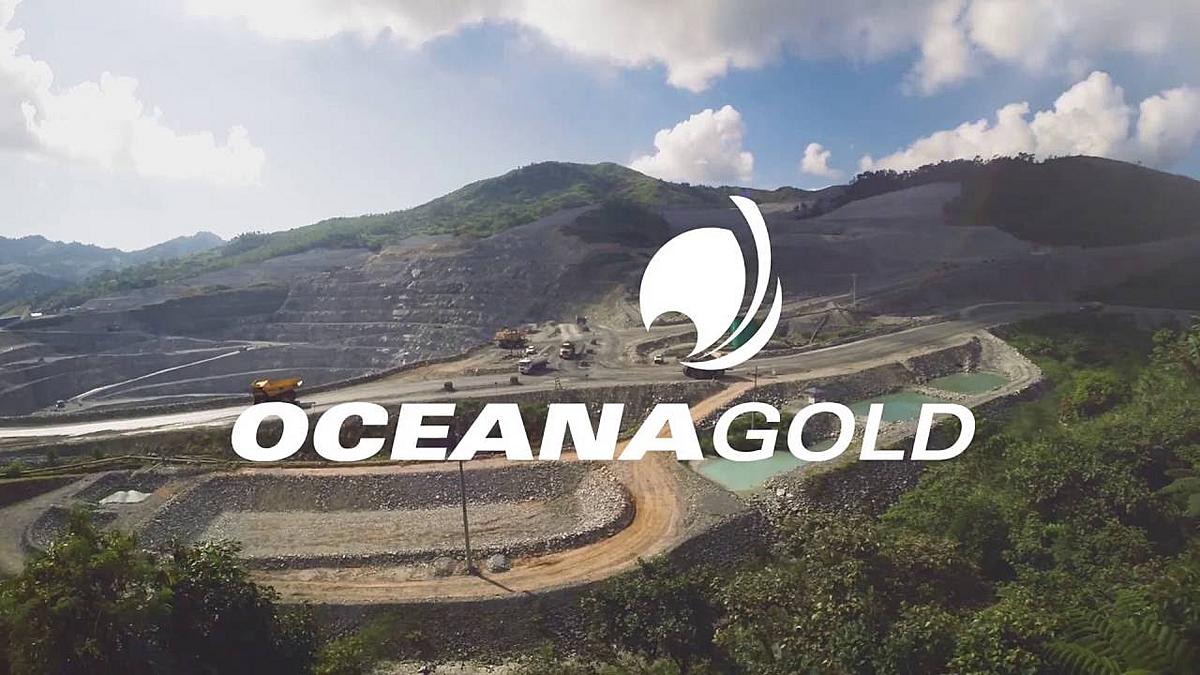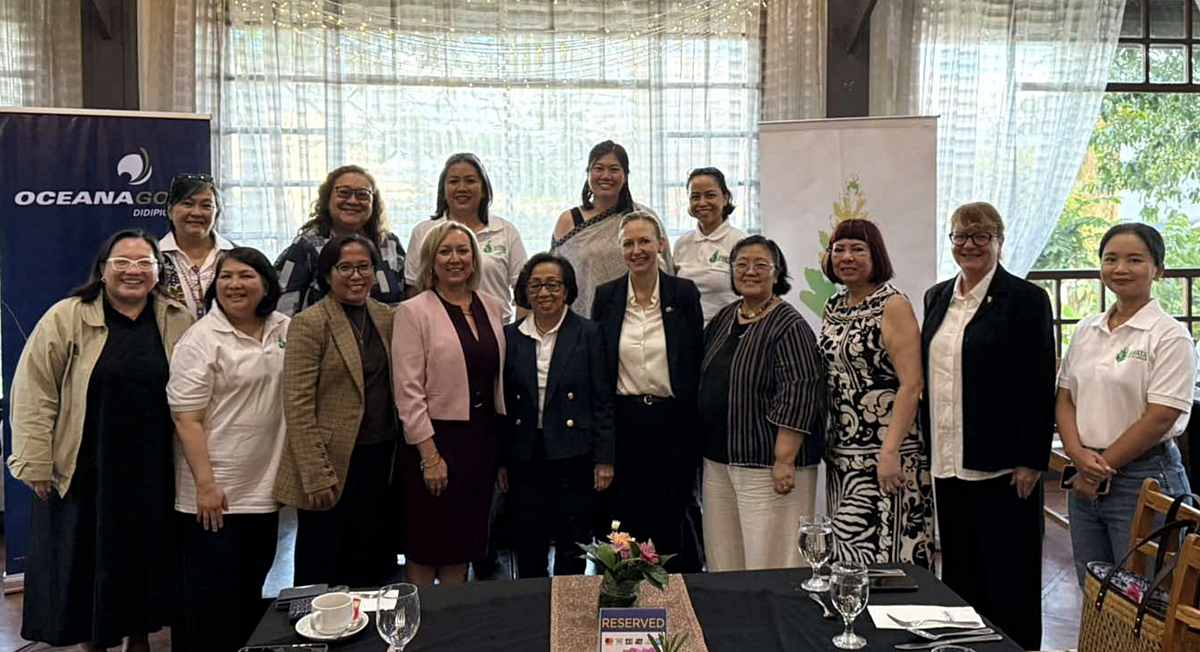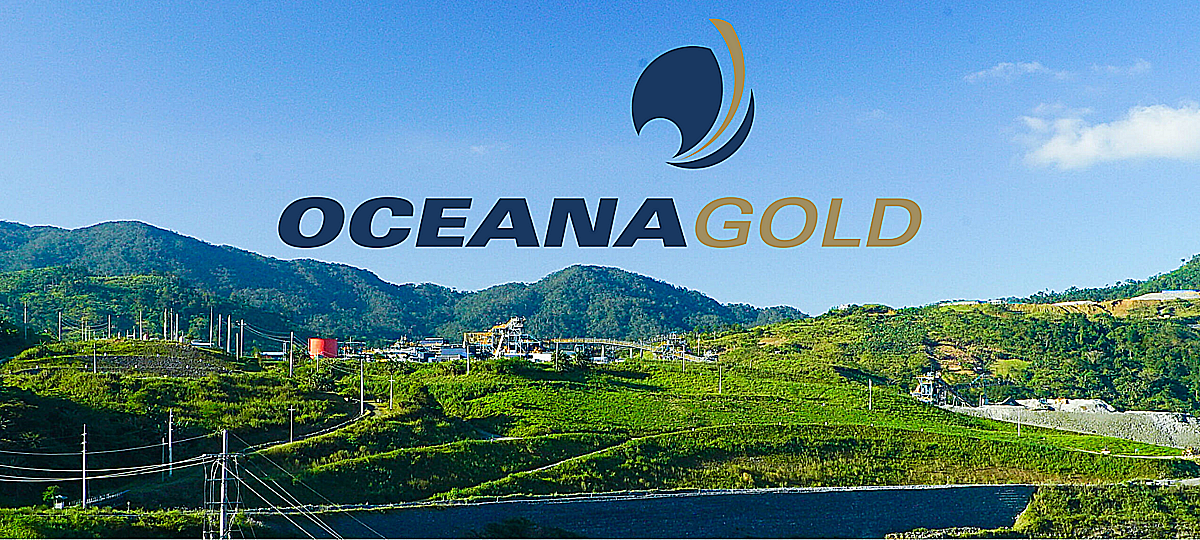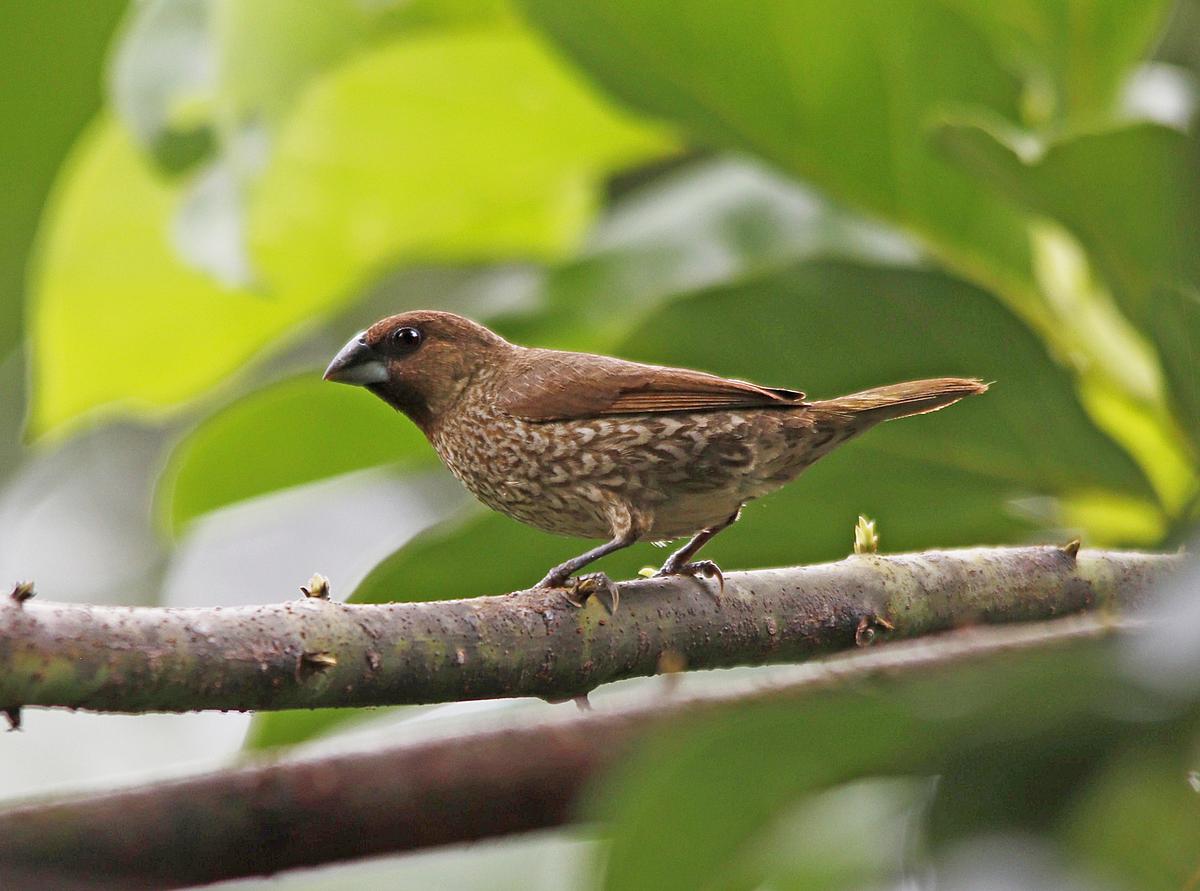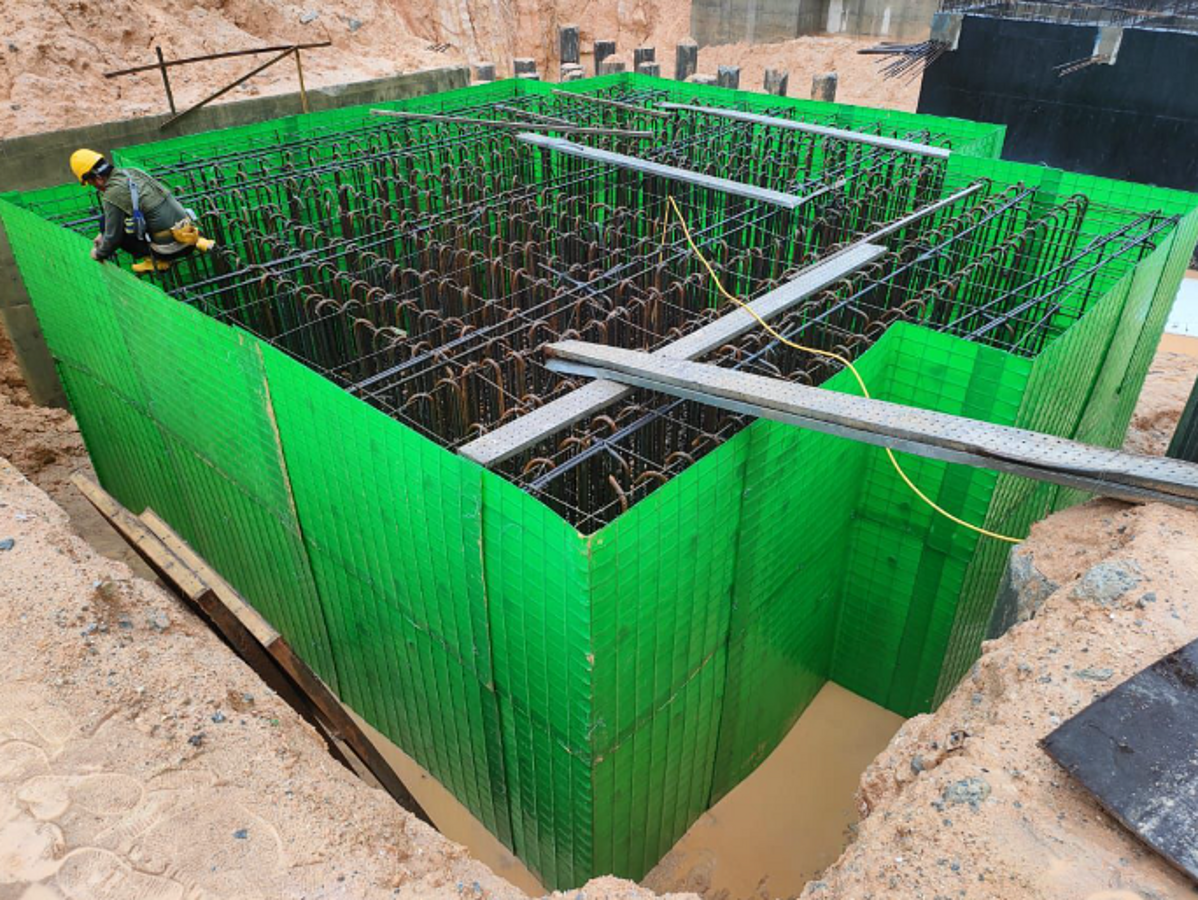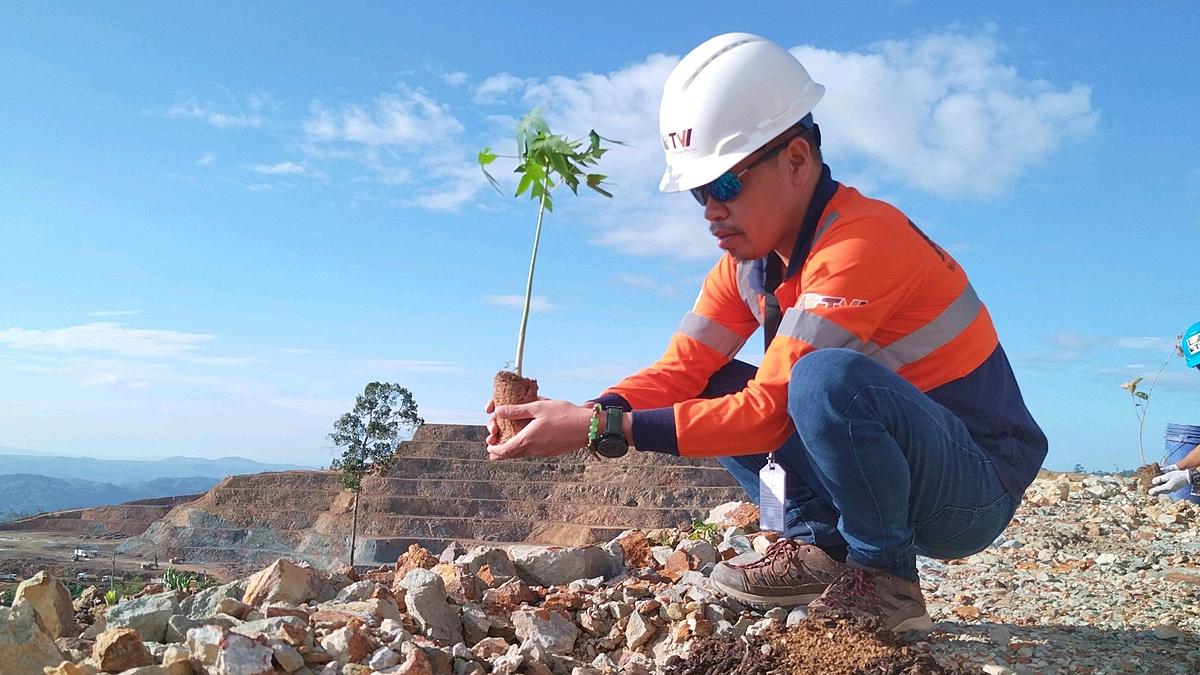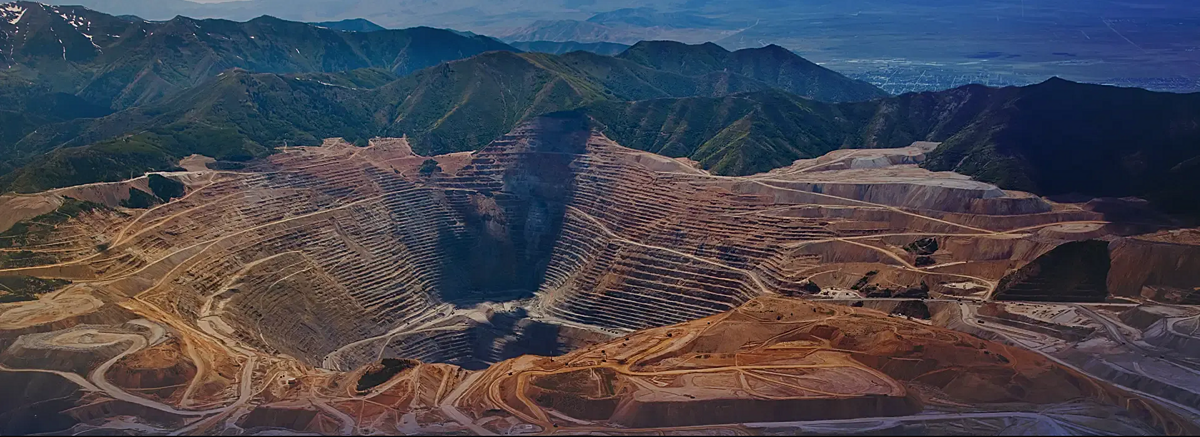Photo Credit: OceanaGold Corporation
OceanaGold Corporation reported its financial and operational results for the quarter ended June 30, 2021. Michael Holmes, President and CEO of OceanaGold said, “I am very pleased with the operational and financial performance of the business in the second quarter 2021. Haile delivered a record quarter of gold production and is well on-track to deliver on the full year production guidance. Waihi plant upgrades were completed, and we 2 commenced continuous milling late in the second quarter which is a tremendous outcome as we continue to ramp-up underground operations.”
“Based on year-to-date performance we have refined our expectations for the full year. We currently expect consolidated production of 350,000 to 370,000 gold ounces at AISC of $1,200 to $1,250 per gold ounce sold at cash costs of $825 to $875 per ounce sold. Strong first half performance at Haile has put us firmly on track to deliver ahead of 160,000 gold ounces for the full year at moderately higher AISC, largely driven by an increased proportion of mining costs capitalised as pre-strip plus higher than expected mining costs incurred. On the other hand, a softer first half at Macraes is driving production to the lower end of guidance of 155,000 to 165,000 gold ounces for the full year at consequently higher AISC. Waihi is firmly on-track and production guidance remains unchanged but at improved costs. We expect to provide updated consolidated guidance in-line with the staged restart of Didipio over the coming weeks.”
“Renewal of the FTAA at Didipio was one of our key priorities this year, and I’m extremely proud to say we delivered. The staged restart of the asset is underway with the current focus on the rehire and training of our skilled Philippine workforce. We expect to restart processing well prior to year-end, initially sourcing mill feed from existing stockpiles at site. Our expectation is to also transport and sell approximately 18,500 gold ounces and 3,500 tonnes of copper in concentrate on site by early fourth quarter. The rehire and retraining of the workforce, as well as the ongoing risks associated with the COVID-19 pandemic, could impact the timeline associated with returning to full underground production of 1.6Mtpa, which could take up to 12 months.
Operations
In the first half of the year, the Company produced 177,039 ounces of gold, a 27% increase over the same period in 2020 due to record production at Haile in the second quarter, resumption of campaign processing at Waihi, and limited impacts from COVID-19. Second quarter gold production of 93,848 ounces of gold reflects record production at Haile of 57,240 ounces.
Consolidated AISC of $1,227 per ounce sold YTD and $1,226 per ounce sold in the second quarter were relatively flat over the prior year and previous quarter. Cash costs for the first half of the year of $734 per gold ounce and $764 per ounce in the second quarter, decreased 22% and 11%, respectively. The improvement in cash costs primarily reflects lower operating costs at Haile from productivity improvements made year-over-year
Haile, USA
Haile delivered a record second quarter of 57,240 gold ounces resulting in 101,581 gold ounces produced in the first half of the year. AISC and cash costs improved significantly, benefitting from higher gold sales and lower overall cash costs from productivity improvements. AISC and cash costs for the second quarter were $922 and $615 per ounce, a decrease of 7% and 22%, respectively, quarter-on-quarter. YTD AISC and cash costs were $953 per ounce and $684 per ounce, respectively, down approximately 36% over the prior year period.
Unit mining and milling cost decreased quarter-on-quarter, and increased 9% and 36%, respectively, YTD over the prior year period. Second quarter decreases reflect lower maintenance activities on the mining fleet and higher mill feed following milling disruptions from the first quarter; YTD increases are attributable to higher maintenance costs and an unplanned mill disruption from blocked crusher chutes in the first quarter that have since been resolved. The decrease in site G&A quarter-on-quarter reflects the increase mill feed and lower costs during the period.
Confirmed COVID-19 cases at site increased from 111 at the end of the first quarter to 120 by the end of the second quarter, a decrease in positive cases from 48 in the first quarter to nine in the second quarter. Looking ahead, the Company expects to transition to ore mining of lower grades at Ledbetter Phase 1 and commence stripping of Ledbetter Phase 2, resulting in materially lower production and higher AISC in the second half of this year. The Company has refined its full year production guidance for Haile to 160,000 to 170,000 gold ounces at site AISC of $1,100 to $1,150 per ounce sold, including cash costs of $850 to $900 per ounce sold. The higher AISC and cash costs reflect higher mining costs incurred plus incremental sustaining capital expenditures related to open pit pre-stripping.
Waihi, New Zealand
Waihi produced 3,939 gold ounces in the second quarter and 8,276 gold ounces YTD. Second quarter activities at Waihi primarily focussed on the development of Martha Underground and replacement of the semi-autogenous grinding (“SAG”) mill. Approximately 2,665 metres of underground development were completed during the second quarter and 5,210 metres YTD. Sustained milling recommenced in late June following the successful replacement of Waihi’s SAG mill.
AISC and cash costs for the second quarter were $1,223 and $1,215 per ounce sold, respectively, and increased quarter-on-quarter with higher operating costs associated with limited early production, partly offset by moderately higher gold sales. YTD AISC and cash costs were $1,099 per ounce and $976 per ounce, respectively, increases over the prior year period with the ramp-up of production at Martha Underground as expected.
Unit mining costs were relatively unchanged quarter-on-quarter with mining of narrow vein ore at Correnso and early production from Martha Underground in both quarters. YTD mining costs reflect early production from Martha Underground relative to the prior year. Processing cost and site G&A increases in the second quarter reflect the planned shutdown for replacement of the SAG mill and resultant lower mill feed. Lower site G&A YTD over the prior year reflects normal operations relative to 2020 which included impacts from COVID-19-related shutdowns.
Full year 2021 production guidance at Waihi remains unchanged while cost guidance has improved. The Company expects to produce 35,000 to 45,000 ounces at lower gold cash cost of $900 to $950 per ounce and site AISC of $1,300 to $1,350 per ounce sold. The Company anticipates ramp-up of production over the course of the second half with the highest quarter of production for the year expected in the fourth quarter.
Macraes, New Zealand
Macraes produced 32,669 gold ounces in the second quarter and 67,182 gold ounces in the first half of 2021. Lower than expected production in the second quarter reflects geotechnical impacts at the Coronation North open pit that slowed mining rates reducing access to higher grade ore zones, as well as a delayed re-start from the planned shut during the quarter to address out-of-scope maintenance requirements
Second quarter AISC and cash costs were $1,524 and $897 per ounces sold, respectively. YTD AISC and cash costs were $1,428 and $857 per ounce sold, respectively. Cash costs increased approximately 10% quarter-onquarter and YTD over the prior year period, reflecting the lower ounces, a net drawdown in inventory and additional contractor costs to fill workforce vacancies. Similar increases in AISC also reflect the higher sustaining capital spend related to increased pre-stripping at Deepdell North and waste movements in the quarter and first half.
Unit mining costs were 6% and 28% higher quarter-on-quarter and YTD over the prior year period, respectively, as a result of reduced trucking productivity from inclement weather which saturated haul roads, flooded active open pit mining areas, and rendered the underground inaccessible for a two-week period in the first quarter. Mining efforts were subsequently re-directed to increased waste mining and pre-stripping at Deepdell North open pit through the first half. Processing unit costs also increased over comparable periods, reflecting the one-off mill motor outage in the first quarter and extended mill shutdown during the second quarter.
Due to the lower-than-expected production in the first half, the Company expects Macraes full year production to be in the lower end of the guidance range of 155,000 to 165,000 gold ounces at cash costs of $800 to $850 per ounce and increased site AISC to $1,200 to $1,250 per ounce sold over the full year, primarily driven by increased sustaining capital spend related to pre-stripping at Deepdell North and additional underground development. Production is still expected to increase in the third quarter and be higher overall in the fourth quarter of 2021.
Didipio, Philippines
There was no production from Didipio in the second quarter and first half due to the suspension of operations. The Company expensed $5.5 million in the second quarter and $10.0 million YTD of holding costs as part of consolidated Corporate General and Administration, which relates to maintaining Didipio in a state of operational standby.
Subsequent to second quarter end, the Government of the Philippines renewed the Didipio FTAA for a further 25 years. The Company’s primary focus is the safe and responsible start-up of operations, which includes recruitment and training of the workforce and the transport of approximately 15,000 tonnes of copper-gold concentrate produced prior to the shutdown of operations.
The Company expects to progressively ramp-up to full underground mining rates of 1.6 Mtpa within the next twelve months, depending on workforce rehiring and recruitment efforts. Ore from the underground will incrementally and steadily offset mill feed from stockpiled ore of which there is currently 19 million tonnes.
Since March 2020, 72 positive COVID-19 cases have been managed at Didipio, 63 of which occurred in the second quarter of 2021. The Company experienced a significant increase in COVID-19-positive cases early in the second quarter, consistent with the spread of COVID-19 in the local and surrounding communities. The site continues to follow strict health and safety protocols to prevent the ongoing transmission of the virus at site.
Financial
In the first half of the year, the Company generated $331.5 million in revenue, a 42% increase from the prior year period due to record production at Haile, improved average gold price and early production at Waihi with the development of Martha Underground. Quarter-on-quarter revenue increased 23% with record production from Haile, partly offset by lower sales from Macraes where production was impacted by geotechnical issues that rendered higher grade ore zones of the open pit inaccessible.
First half adjusted EBITDA (excluding Didipio carrying costs) of $161.9 million nearly tripled year-on-year, reflecting improved revenues on higher gold prices and record production at Haile at improved cash costs, as compared to the first half of 2020 which included impacts related to COVID-19 shutdowns. Quarter-on-quarter adjusted EBITDA of $95.4 million increased 43%, benefitting from record production at Haile at improved operating costs, partly offset by lower sales from Macraes.
Adjusted net profit was $36.9 million or $0.05 per share on a fully diluted basis in the second quarter and $58.7 million or $0.08 per share on a fully diluted basis YTD. The quarter-on-quarter and year-over-year increases were mainly a function of the higher revenue from increased sales volumes. The increases were partly offset by income tax expense of $15.8 million in the second quarter and $21.5 million YTD due to the operational profits in the USA and New Zealand. Additionally, there were no potential tax benefits recognised associated with the costs incurred to maintain Didipio in a state of operational readiness.
Operating cash flows YTD were $83.4 million, a decrease year-over-year given the $79.0 million received from the gold presale in the first quarter of 2020. Excluding working capital adjustments, fully-diluted cash flow per share was $0.22 YTD and $0.13 for the second quarter.
First half investing cash flows of $152.8 million were significantly higher than the prior year period, primarily due to higher growth capital expenditures at Haile related to the expansion of waste storage facilities, increased prestripping at Macraes and the ongoing development of Martha Underground at Waihi.
As at June 30, 2021, the Company’s cash balance stood at $92.3 million, and net debt increased quarter-onquarter to $224.8 million, mainly reflecting the lower cash balance. The Company’s total debt facilities stood at $250 million of which $50 million remains undrawn as at 30 June 2021.
Reference: OceanaGold Press Release, 29 July 2021

